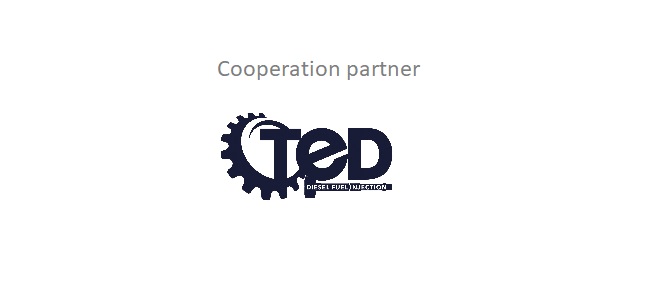Remote Visual Inspection
Remote Visual Inspection
We are your absolute specialist in the field of Remote Visual Inspection (RVI) of engines and gearboxes in marine and power generation applications.
Our surveyors exclusively work with high-end Waygate equipment to capture every detail. Our borescope systems enable us to measure defects in 3D at 0,01 mm accuracy, and to use UV light to track hard-to-detect leakages. Our team captured more than 300.000 pictures in engines and gearboxes.
Our clients apply Remote Visual Inspection of engines and gearboxes to:
- Detect abnormal wear or premature failure before uptime of the asset is endangered;
- Optimize maintenance intvervals.
A detailed report is provided after every RVI inspection, containing hundreds of images, an assessment of the asset condition and recommendations regarding maintenance optimization. Recommendations provided by RDA Shiptech are based on a science based appraoch of maintenance and a wealth of engine and gearbox knowledge.
About our equipment
We exclusively work with with Mentor Visual IQ HD and XLG-3 videoscopes. Some characteristics of our borescope inspections that make the difference:
- Very powerful lighting;
- Tip adapters to create a clear and sharp image at every distance;
- Extremely accurate measuring features (0,01 mm);
- UV light for leak detection;
- WIFI connectivity for remote collaboration;
- Menu Directed Inspection (MDI) is used to guide the inspector and generate perfect repeatability.
About Condition Based Maintenance
Condition Based Maintenance (CBM) is a well established maintenance method which is applied to assets across many industries. The essence of CBM is that maintenance should be scheduled when the actual asset condition indicates that maintenance is required. CBM can only be applied to assets with components that exhibit specific failure characteristics.
RDA Shiptech participated in a two year study to evaluate how the role of Remote Visual Inspection in the Marine industry compares to the role of RVI in the Aerospace industry. (copy of study report available free of charge on request). This study found that the Aerospace industry broadly adopted Reliability Centered Maintenance (RCM). Most critical engine components are subject to a form of CBM, involving a lot of high-quality RVI inspections. The implementation of RCM has resulted in an amazing increase of reliability and a substantial reduction of maintenance costs.
The contrast to the Marine industry is shocking: Most main engines are not subject to any form of CBM at all. Although most engine components are eperfectly suitable for CBM, the systems that are being applied seldomly involve structured and scheduled borescope inspections, and generate a very marginal cost reduction for the asset owner at best.
“Conventional marine engine maintenance programs converge to excessive maintenance costs and limited reliability. Most CBM systems currently on the market for marine engines are in fact not true Condition Based Maintenace systems, but time-based maintenance systems with very limited flexibility of maintenance intervals, based on sensor data only.”
Any true CBM for marine engines should involve borescope inspections according to an adaptive schedule, to supplement sensor data with real information about the asset condition. This enables maintenance decisions to be taken based on the actual engine component condition instead of based on running hours. Unnecessary interventions, which introduce risks of failure and additional costs, can be avoided.








